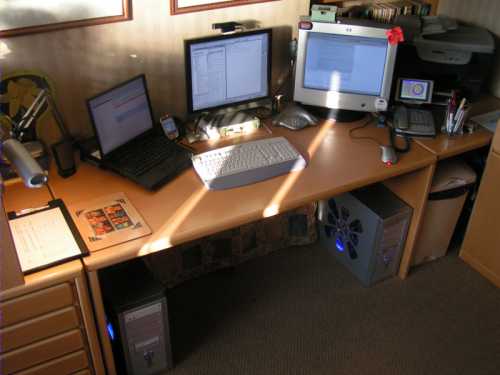Daily builds.
Another link to Joel this time on daily builds another of my favorite techniques. Many people rebel against the idea, especially project managers who like to see release schedules and milestones. There is nothing in the daily build concept that contradicts good project management process however, its just that the progress towards milestones is tested daily, so that the chance of suprises are reduced and the dependency on key individuals is reduced. Here is a snipit but please read the whole article if you develop and IT system, and take note that the concept can be applied to all types of development not just software. I used the daily build concept on one of my projects and I think it was a great success.
Here are some of the many benefits of daily builds:
- When a bug is fixed, testers get the new version quickly and can retest to see if the bug was really fixed.
- Developers can feel more secure that a change they made isn’t going to break any of the 1024 versions of the system that get produced, without actually having an OS/2 box on their desk to test on.
- Developers who check in their changes right …





